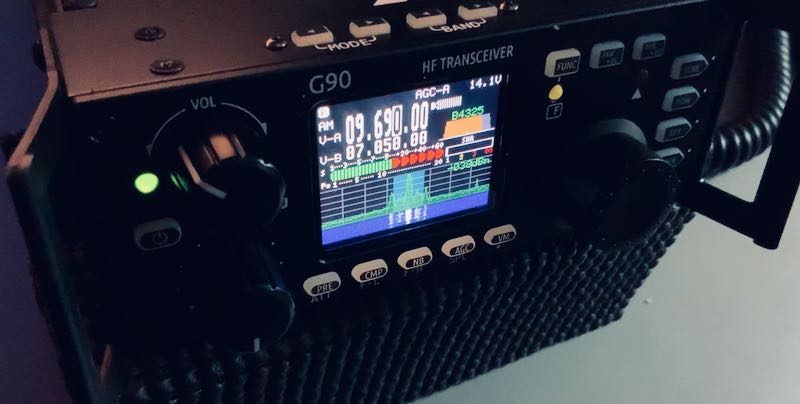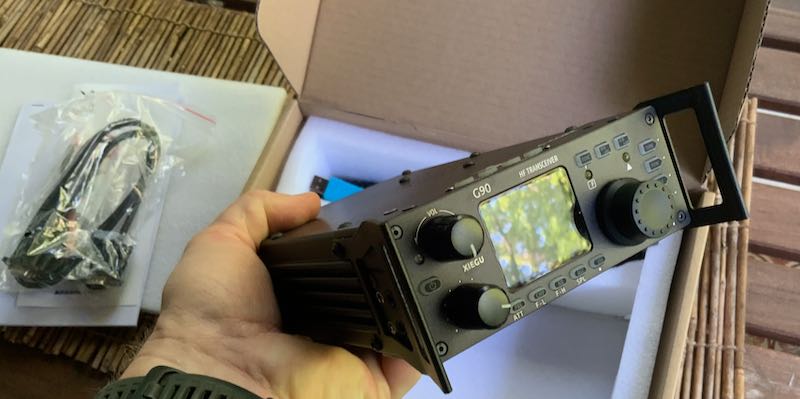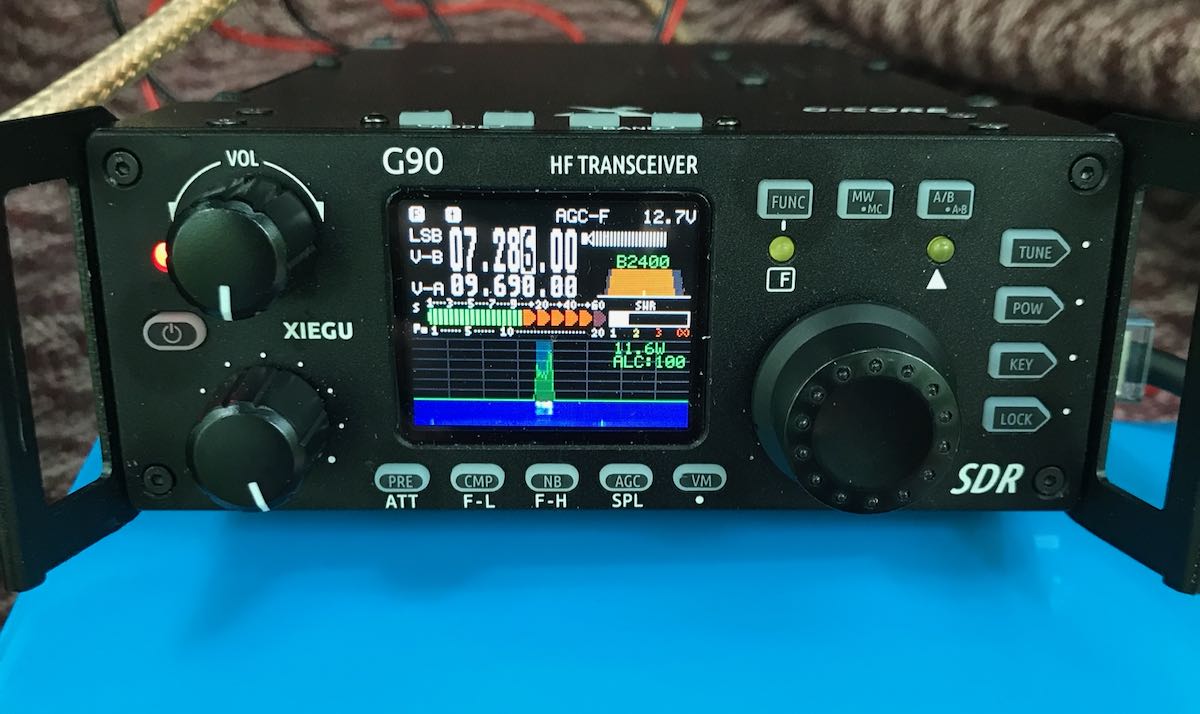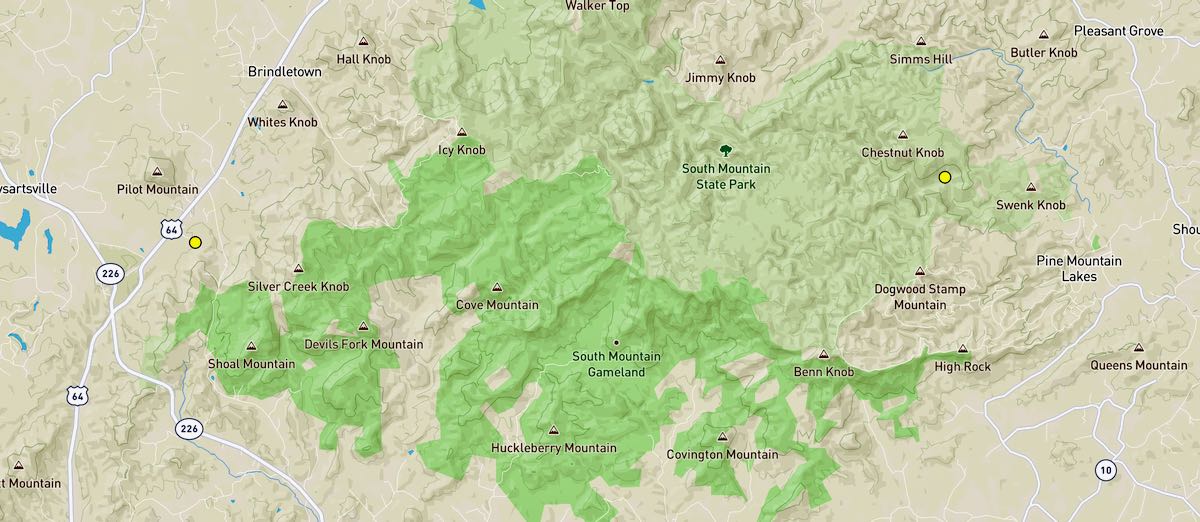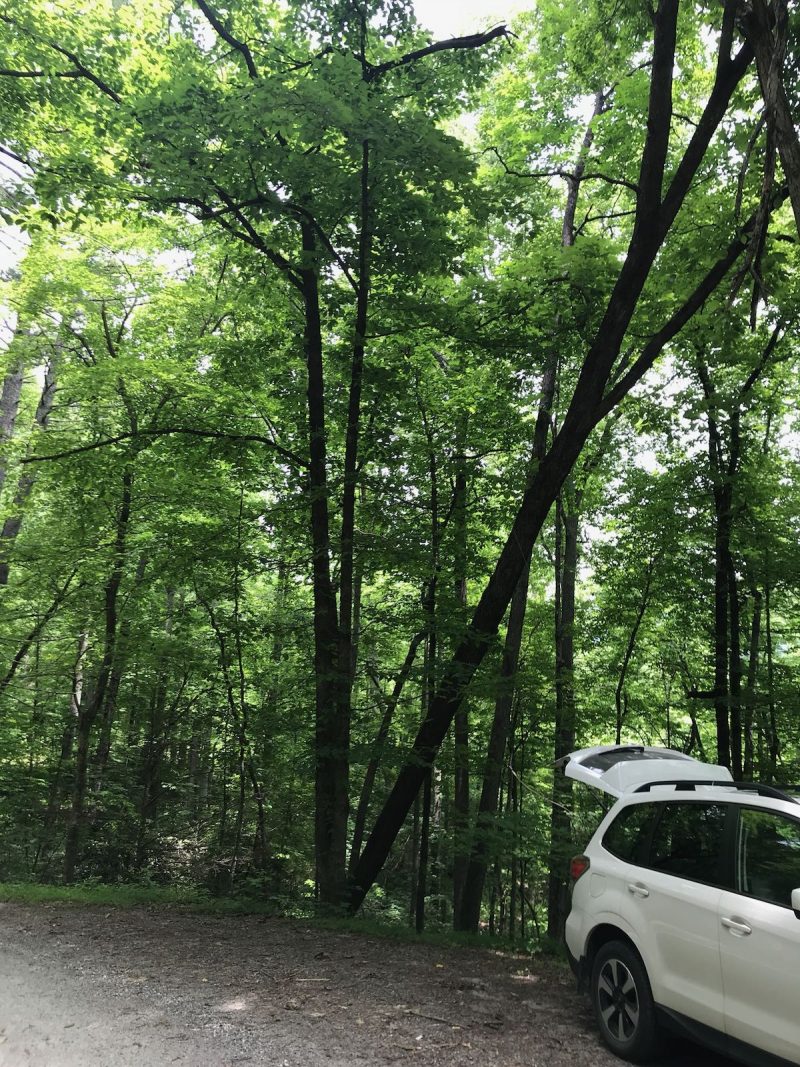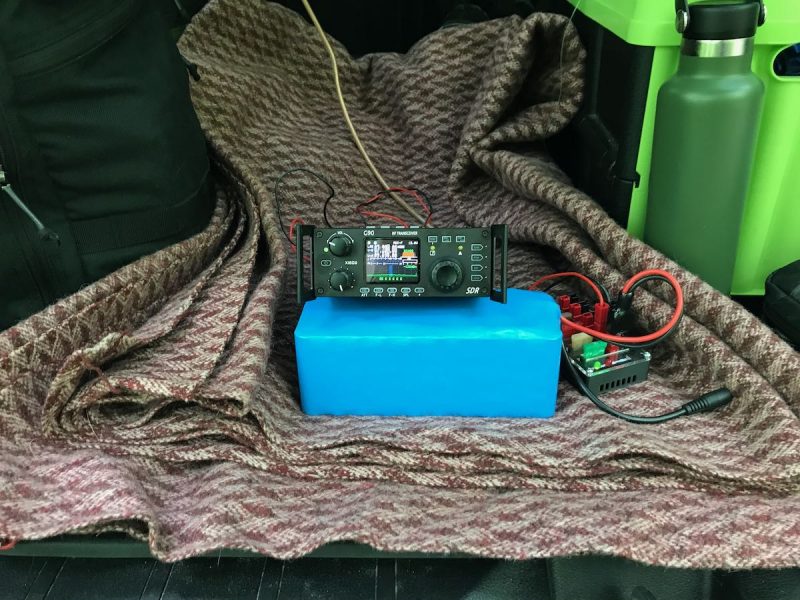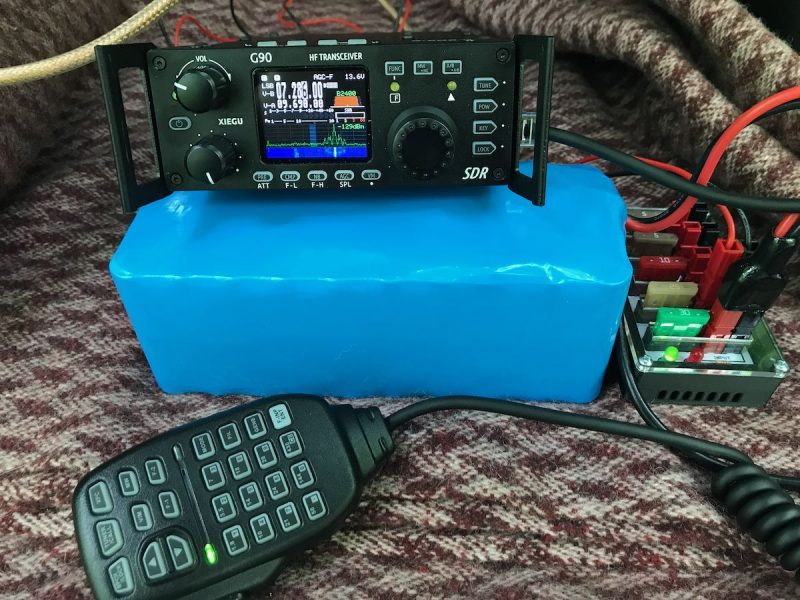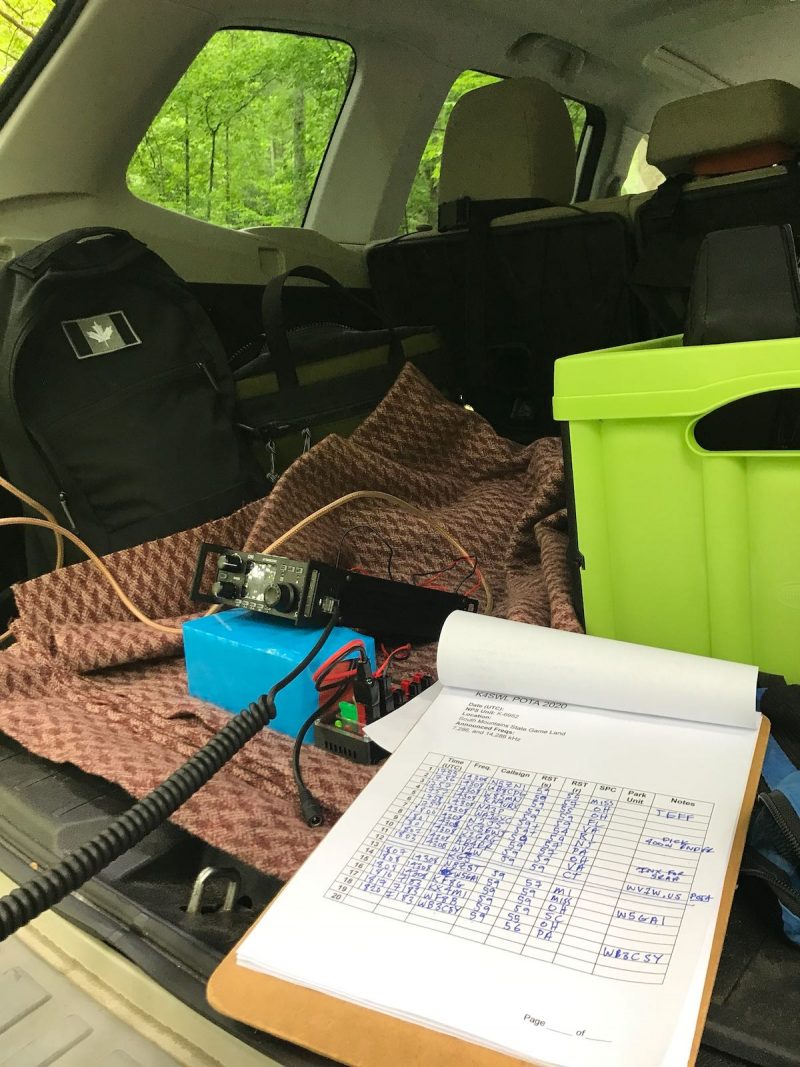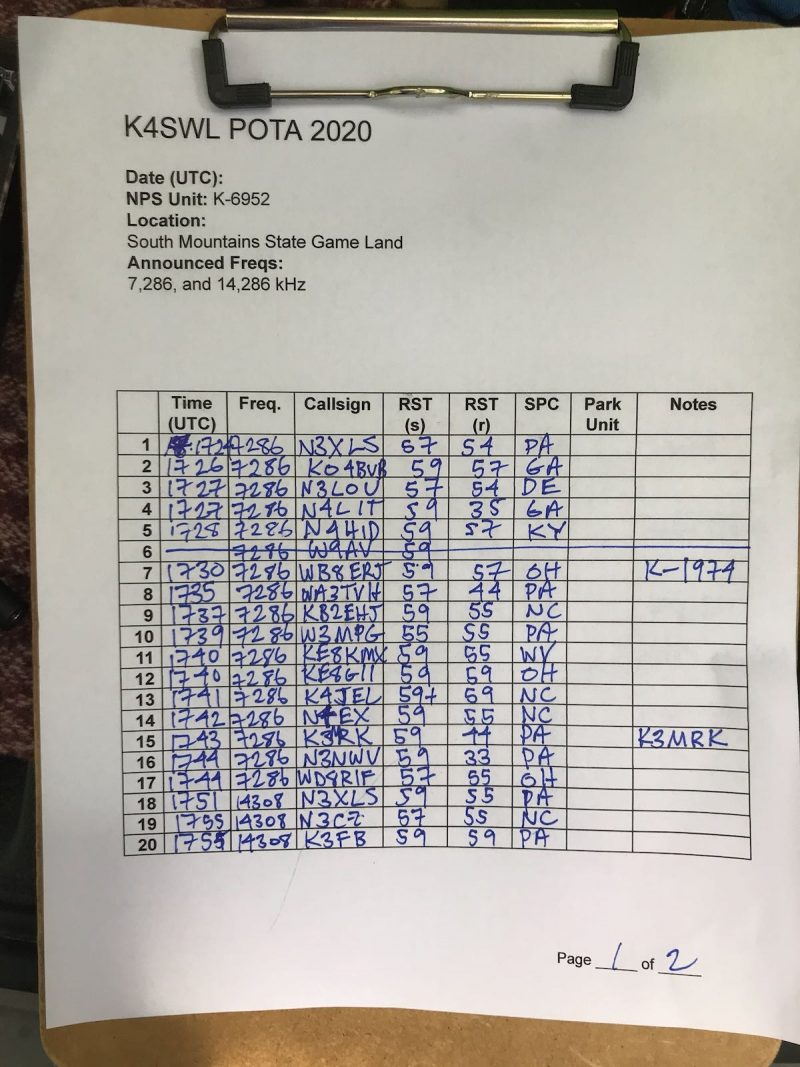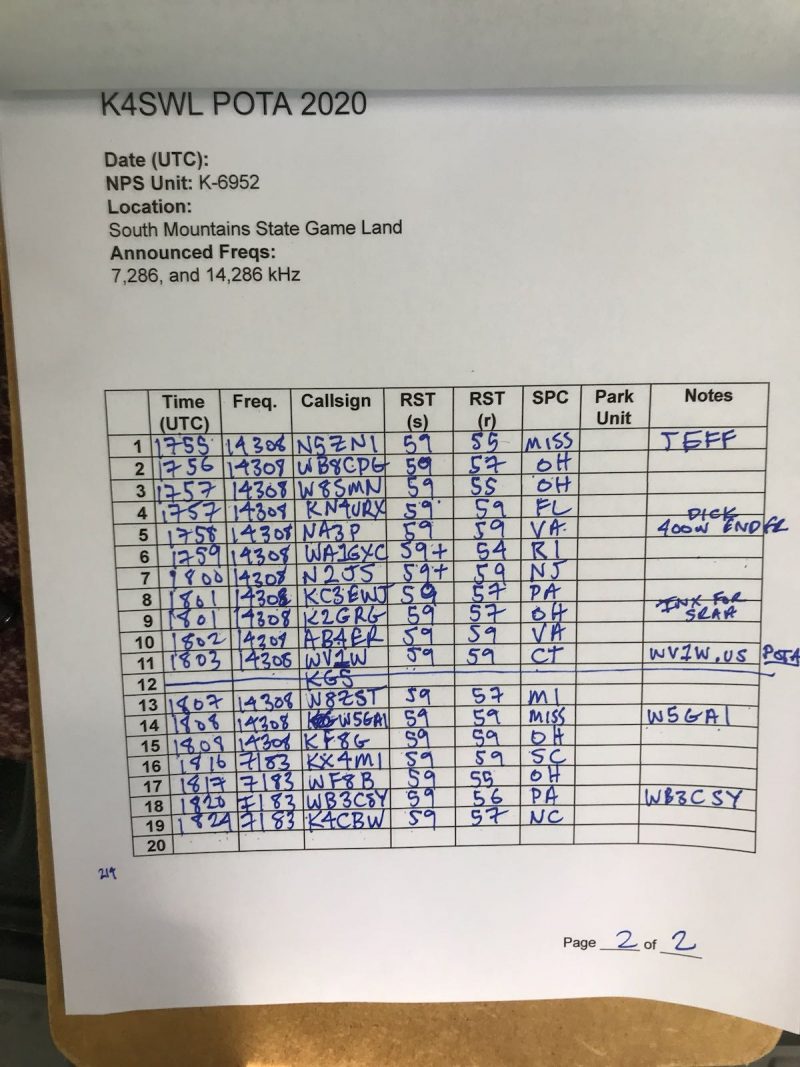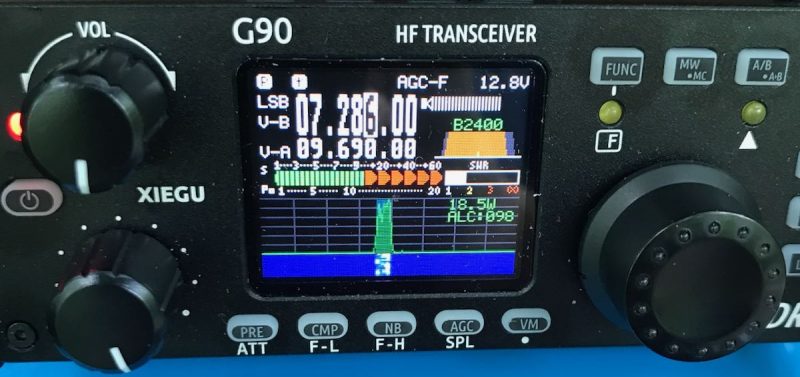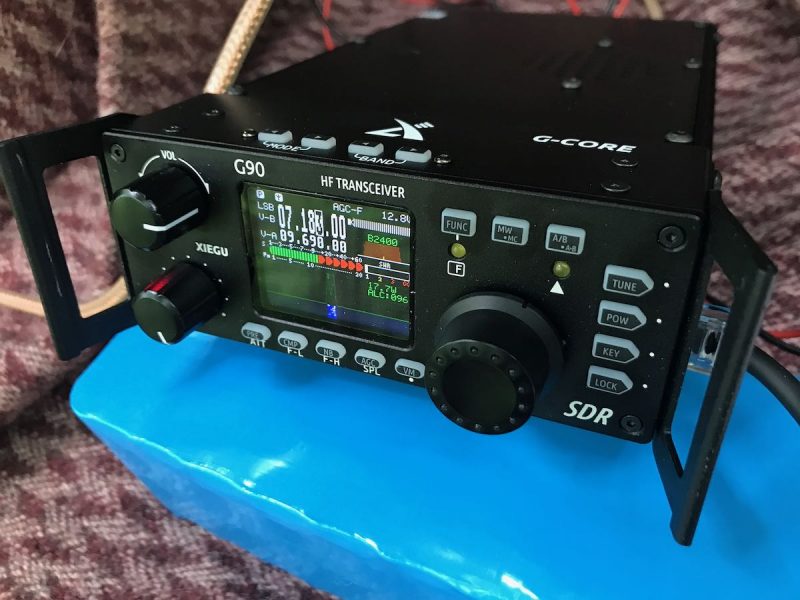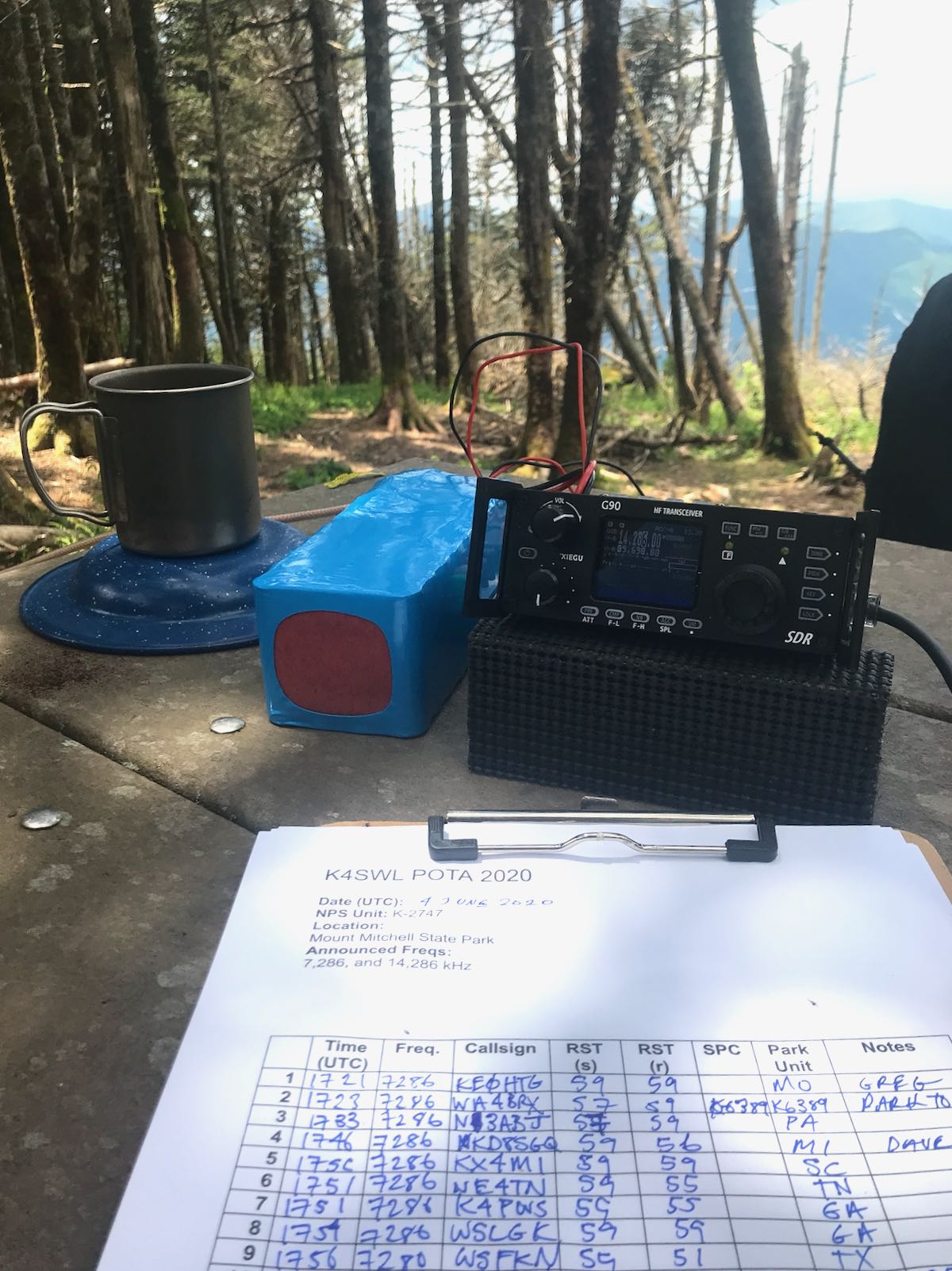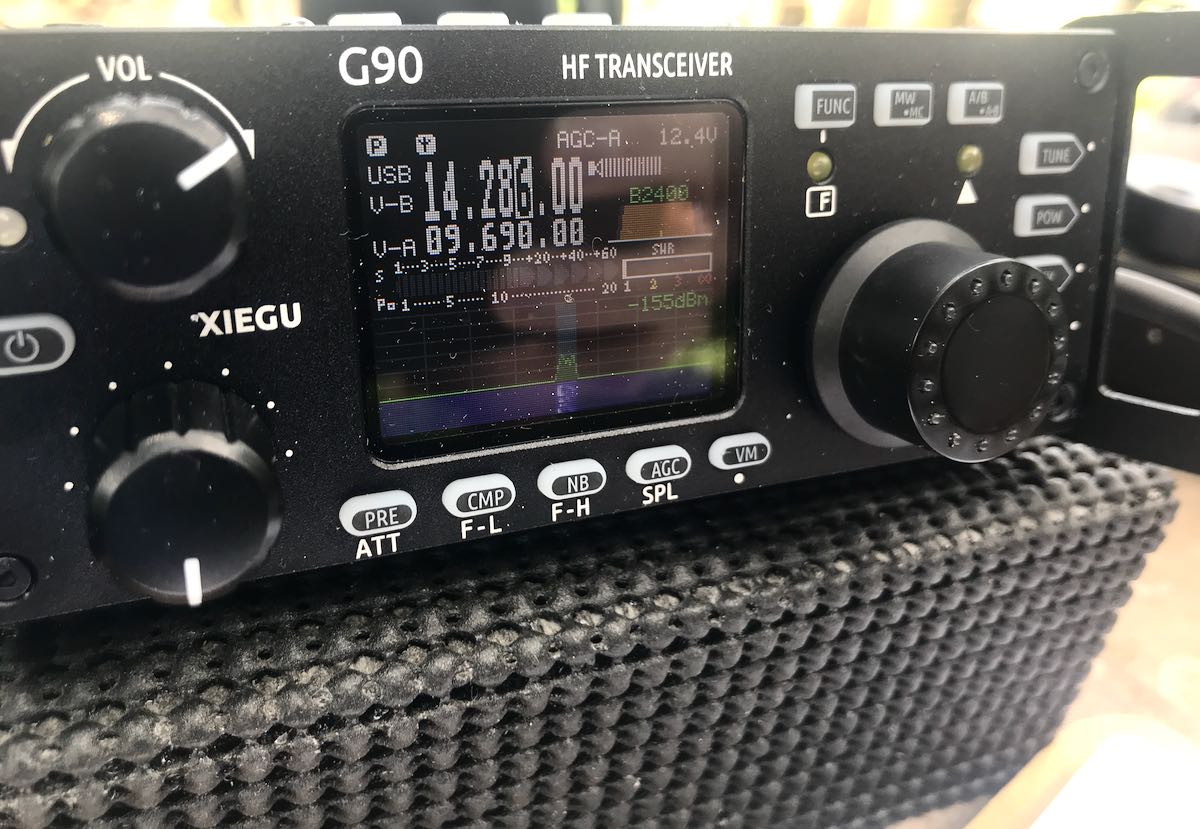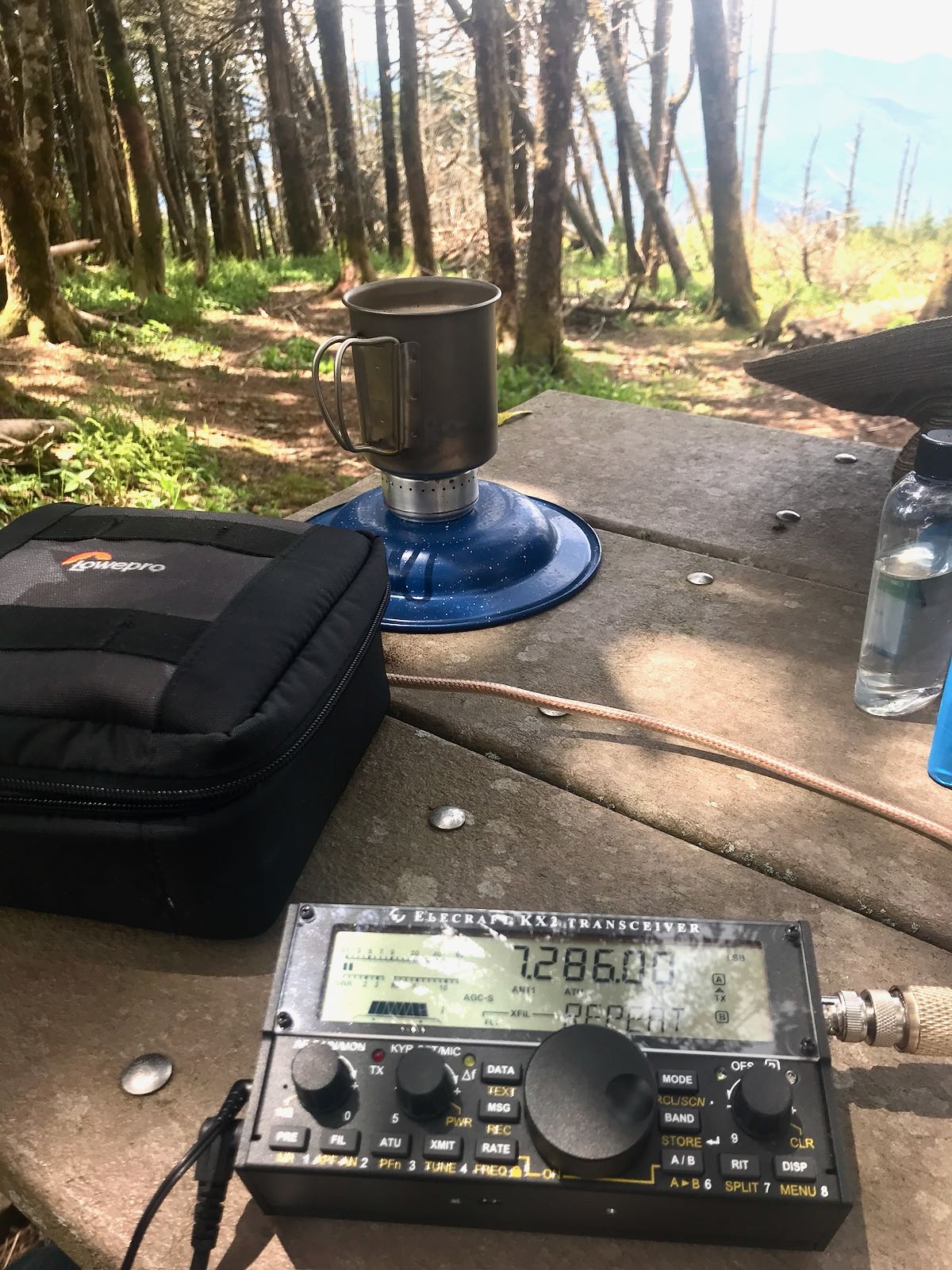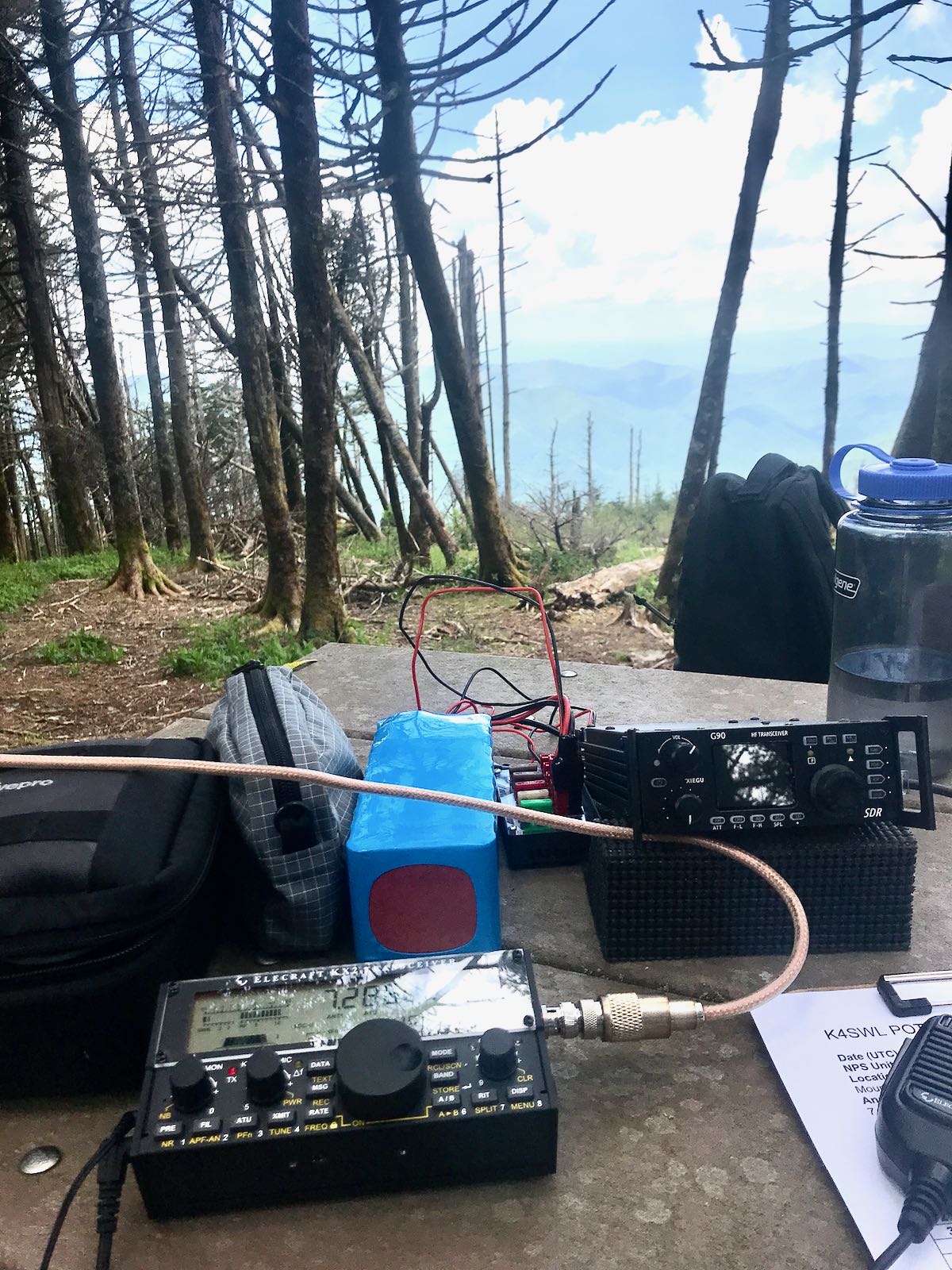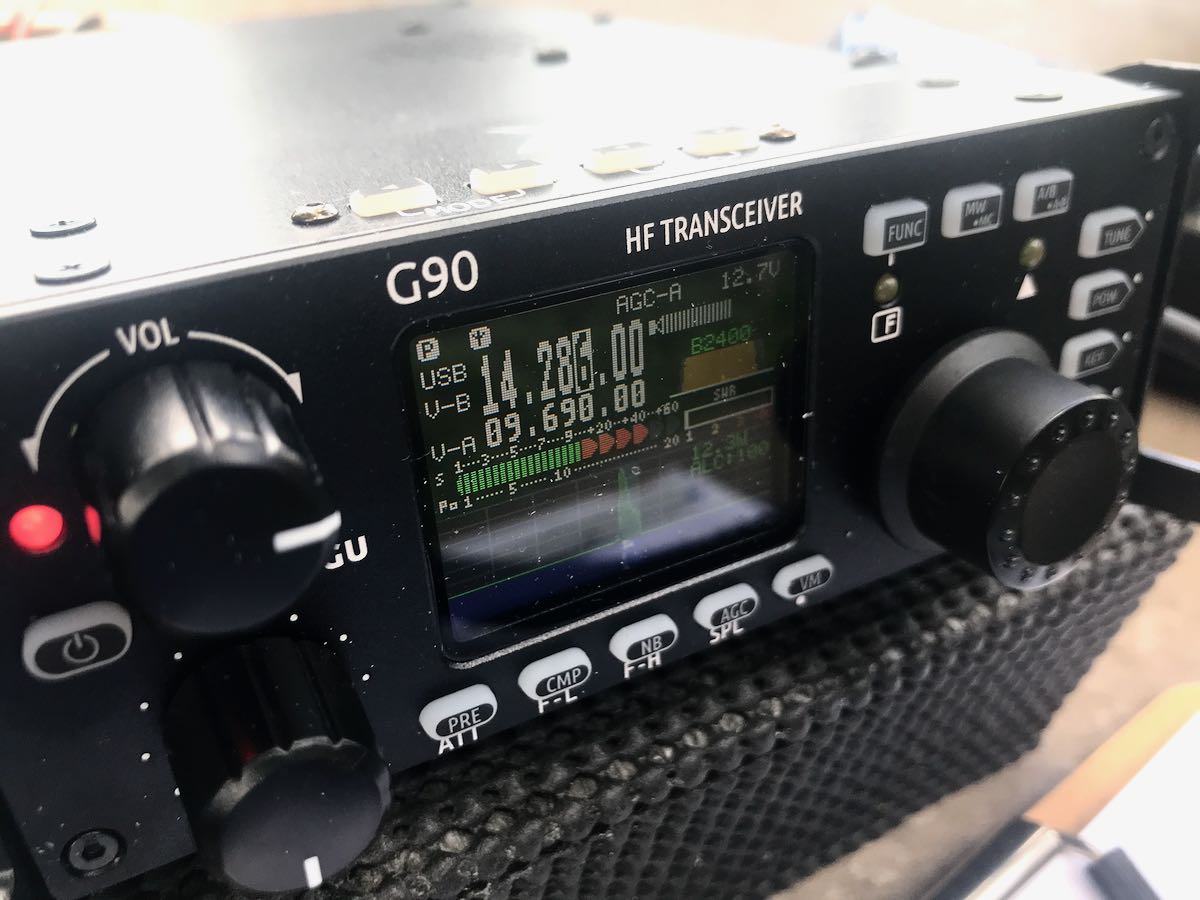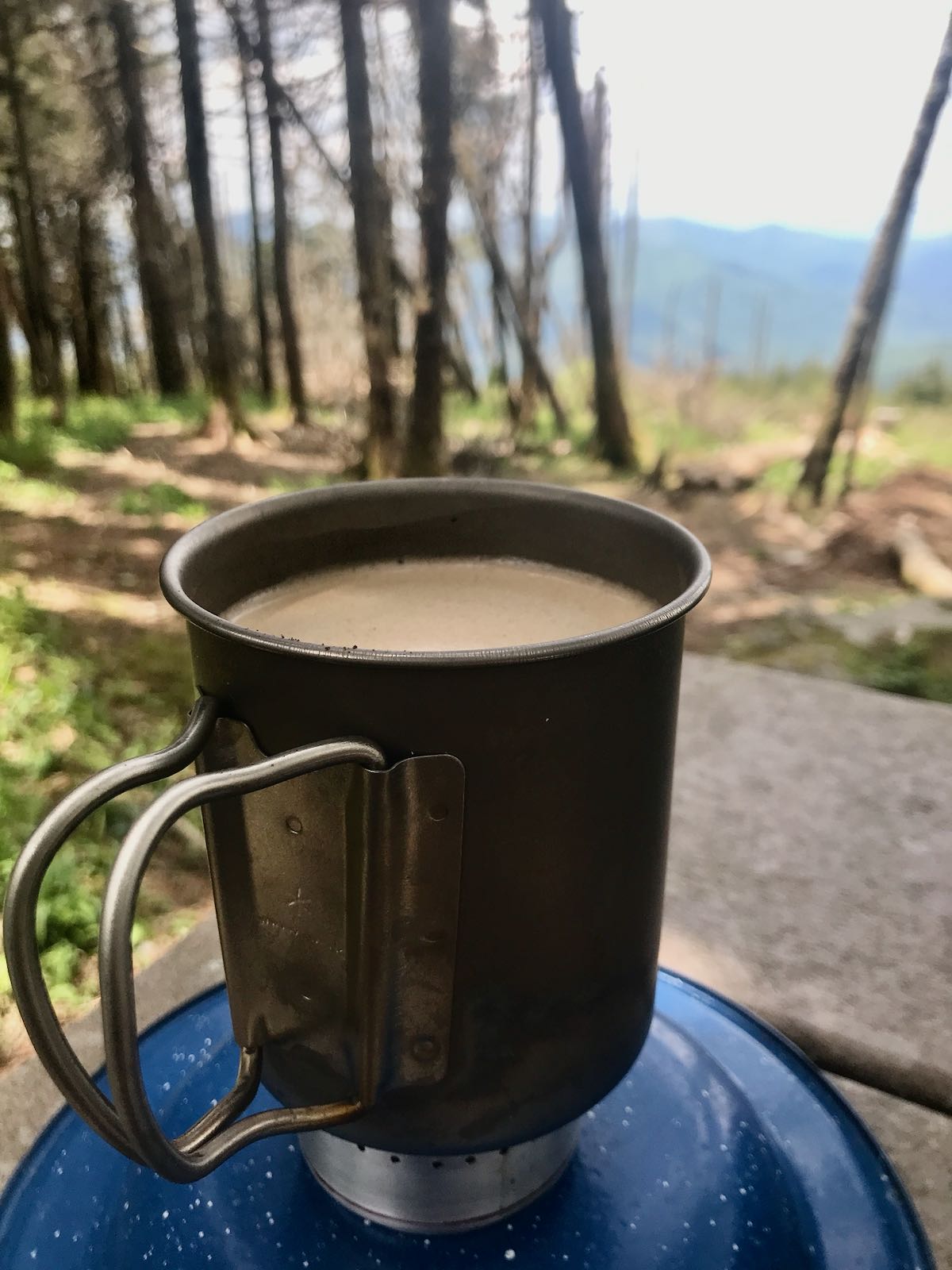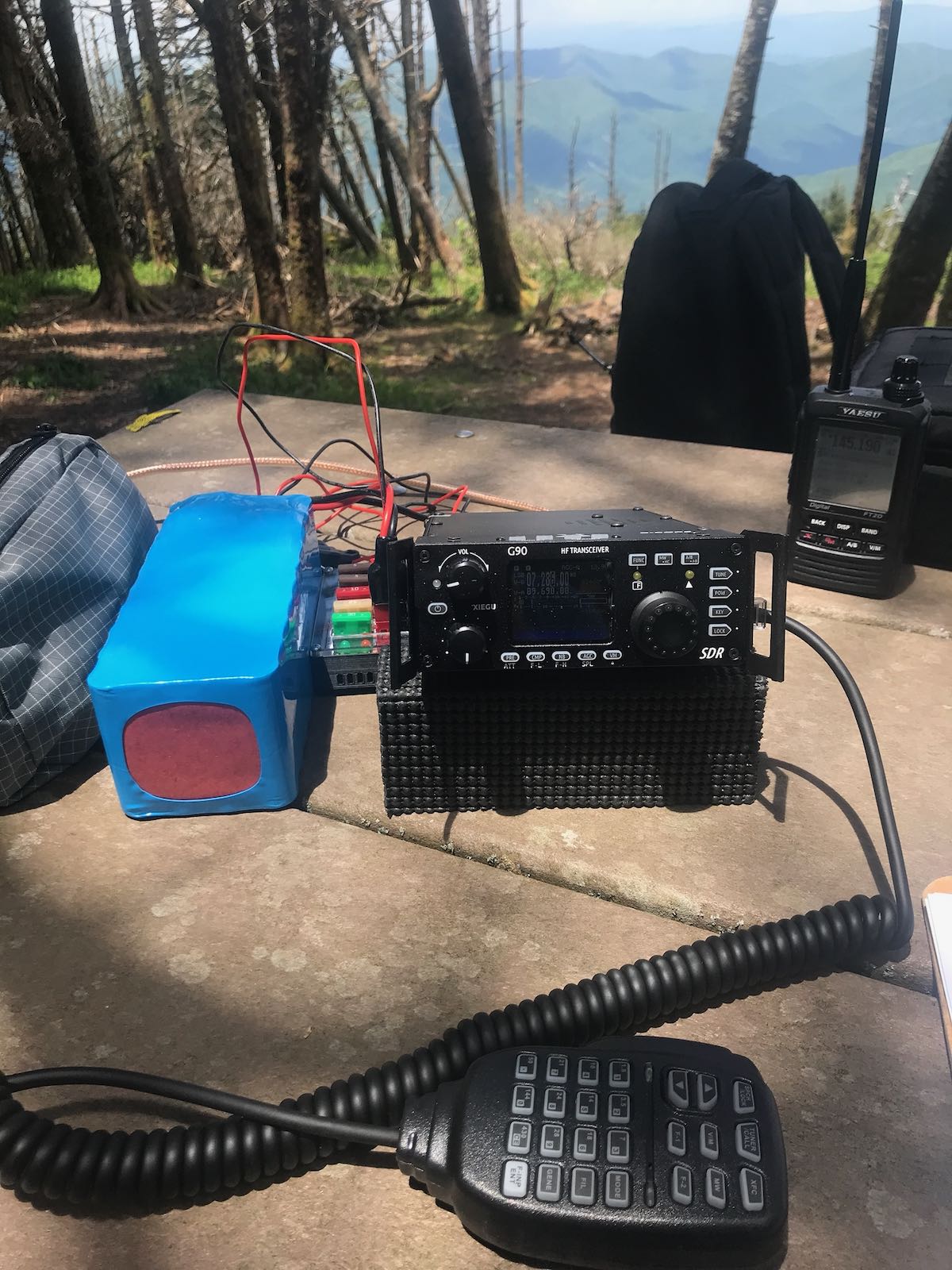After publishing a couple of posts about the Xiegu G90 QRP transceiver, I’ve gotten a number of inquiries from readers asking about the G90’s ability to receive AM broadcasts. Although I’ll address this in detail in my upcoming TSM review, I thought I’d also share a few notes with you.
One of the main reasons I decided to review the Xiegu G90 is I found so little information out there about how well the general coverage receiver worked for HF broadcast listening. The G90 has a frequency range of 0.5-30 MHz (SSB, CW, and AM), but I couldn’t find a specification showing the maximum width of the AM filter. I had seen a few display photos with the AM filter width indicated as 5.4 kHz–that’s not terribly wide, but workable.
Only moments after opening the box and putting the G90 on the air, I tuned to the Voice of Greece (9,420 kHz) and learned how to change the bandwidth. I was very pleased to find that in AM mode, the indicated filter width is actually half the actual width. This means, the G90’s AM filter can actually be widened to 10.8 kHz–brilliant!
In addition, the bandwidth adjustment is variable, meaning you’re not locked into pre-determined, stepped bandwidths as with so many other transceivers.
In this short video, I widen the AM filter while tuned to the Voice of Greece:
Here’s another video of the G90 tuned to Radio Exterior de España on 9,690 kHz. Although the REE transmitter is located across the Atlantic Ocean in Spain, they sound like a local here in North Carolina:
Overall, I’ve been very pleased with the G90 on the HF bands.
Of course, there’s no synchronous detector (although users have requested this in a future firmware version) and there’s no notch filter as of yet. While I expect Xiegu may consider adding a notch filter, I doubt they’ll ever add a sync detector as this rig is primarily aimed at QRP ham radio operation. Of course, I could be wrong.
I also haven’t found a way to completely disable the transmitter or set the power level to zero watts. It’s quite possible I simply haven’t discovered the appropriate setting for this yet. Disabling the transmitter adds an extra level of protection when I use receive-only amplified mag loop antennas, for example. Also, some G90 owners may purchase the rig for listening purposes only and would rather not accidentally key the transmitter or engage the ATU.
Retailers
I purchased my Xiegu G90 from MFJ Enterprises because I wanted to support a US retailer. There are a number of other G90 distributors across the globe. Here’s a short selection:
- Connect Systems
- Ham Radio Outlet
- Amazon.com (affiliate link)
- Radio Oddity
- Xiegu.eu
- eBay (at time of posting, the least expensive option including shipping)
I’m sure there are many other G90 retailers across the globe. Before placing an order, I would suggest you double-check availability as some retailers are on back-order.
Post Readers: Have you used the Xiegu G90 on the broadcast bands? Please comment with your thoughts!

